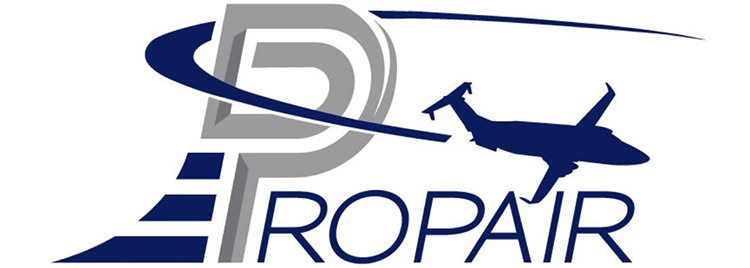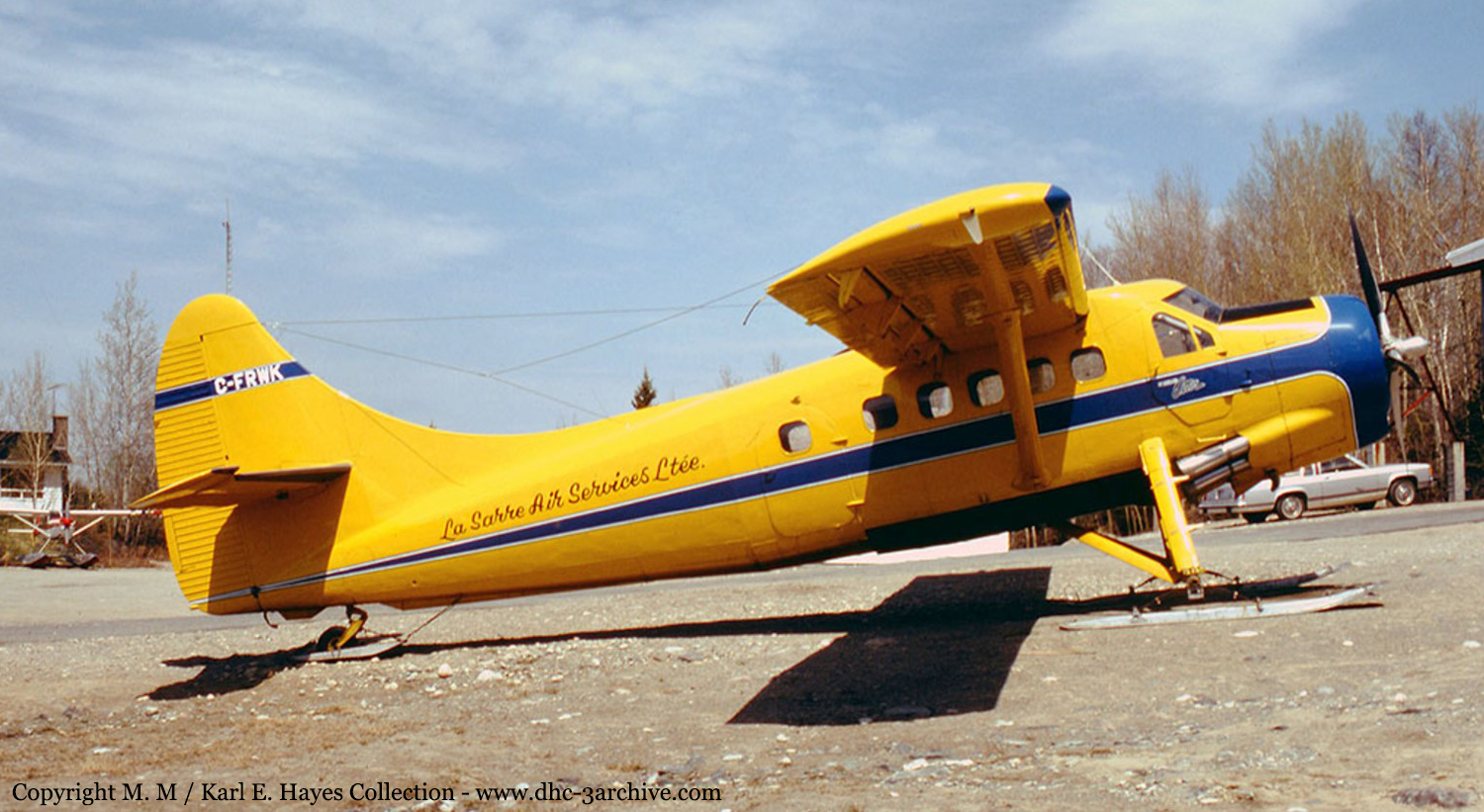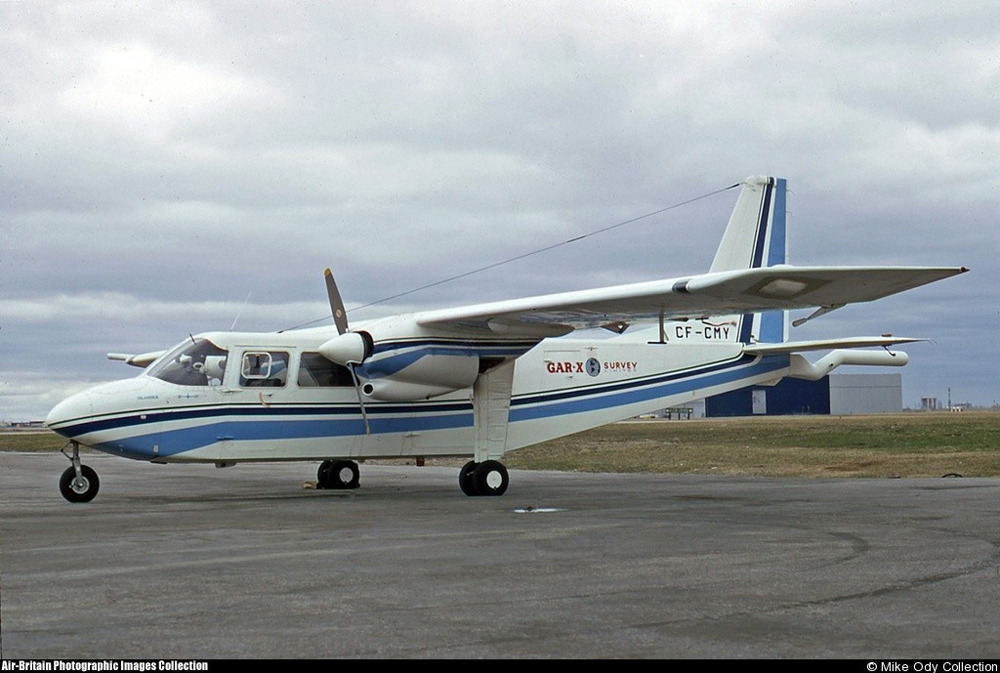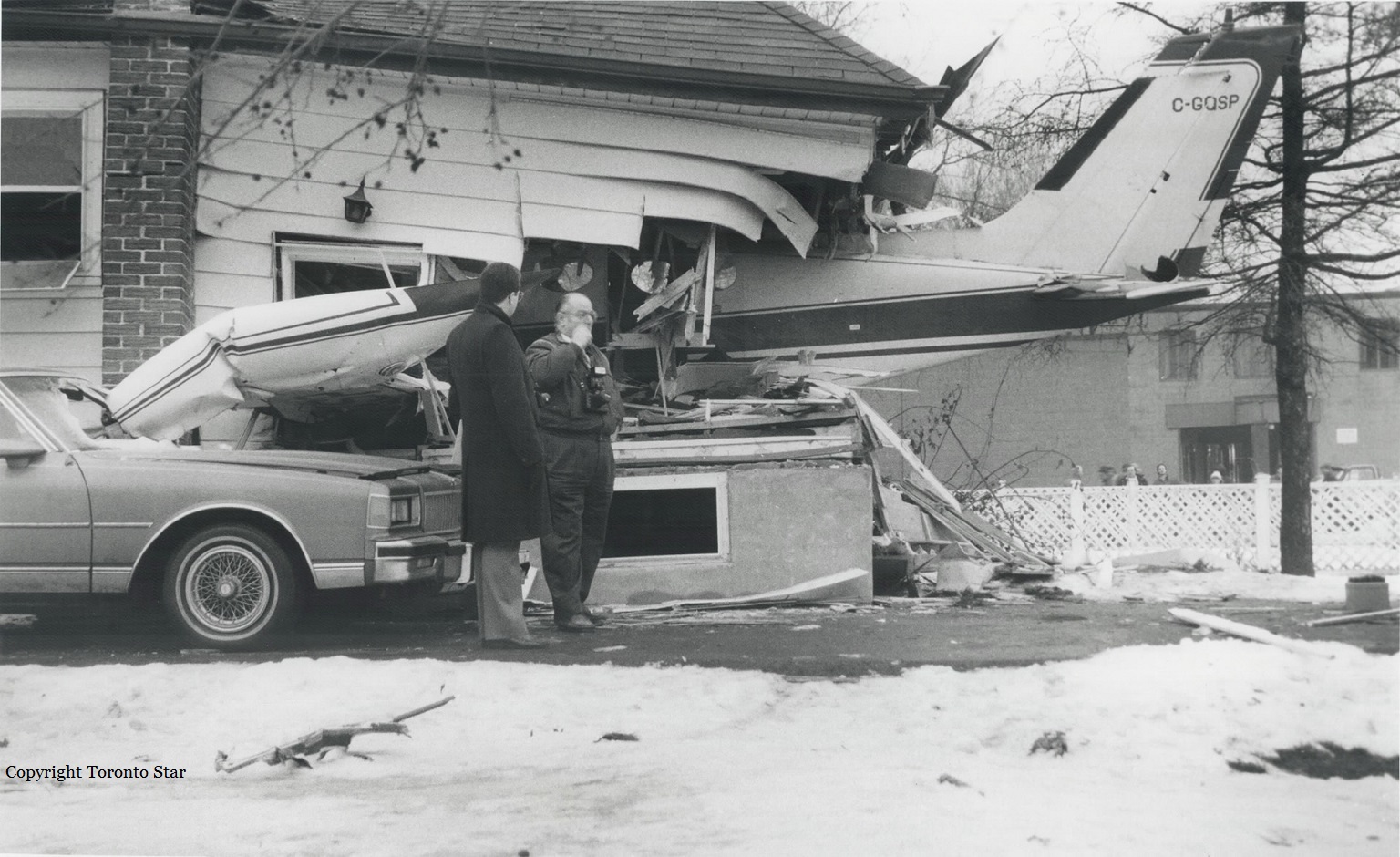Crash of a De Havilland DHC-6 Twin Otter 100 in Maudsley Lake
Date & Time:
Jun 13, 1987
Registration:
C-FWGE
Survivors:
Yes
MSN:
58
YOM:
1967
Crew on board:
2
Crew fatalities:
Pax on board:
7
Pax fatalities:
Other fatalities:
Total fatalities:
0
Circumstances:
The float equipped aircraft landed hard at Maudsley Lake and bounced. The captain initiated a go-around when the aircraft struck trees and crashed. All nine occupants were injured and the aircraft was damaged beyond repair.












